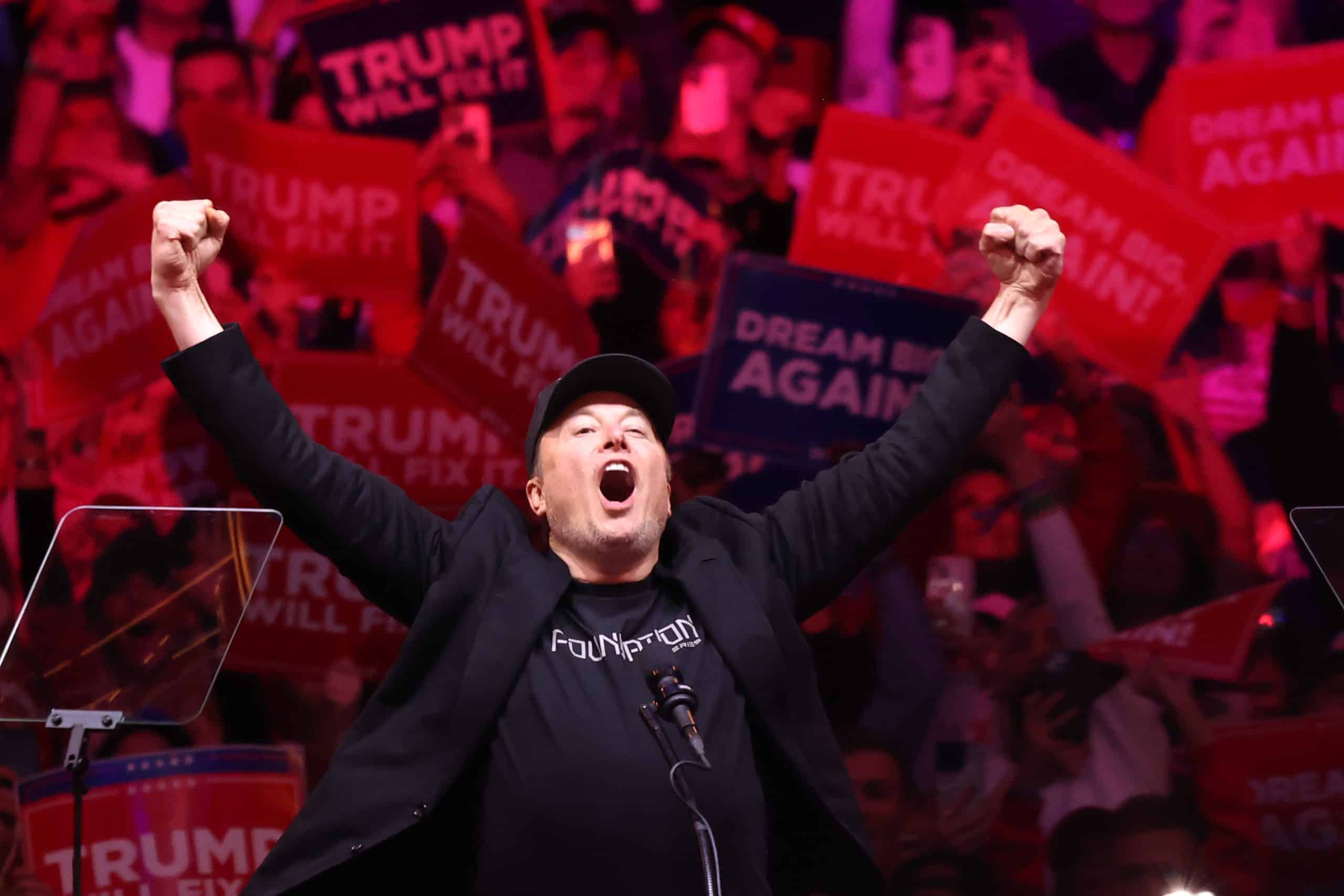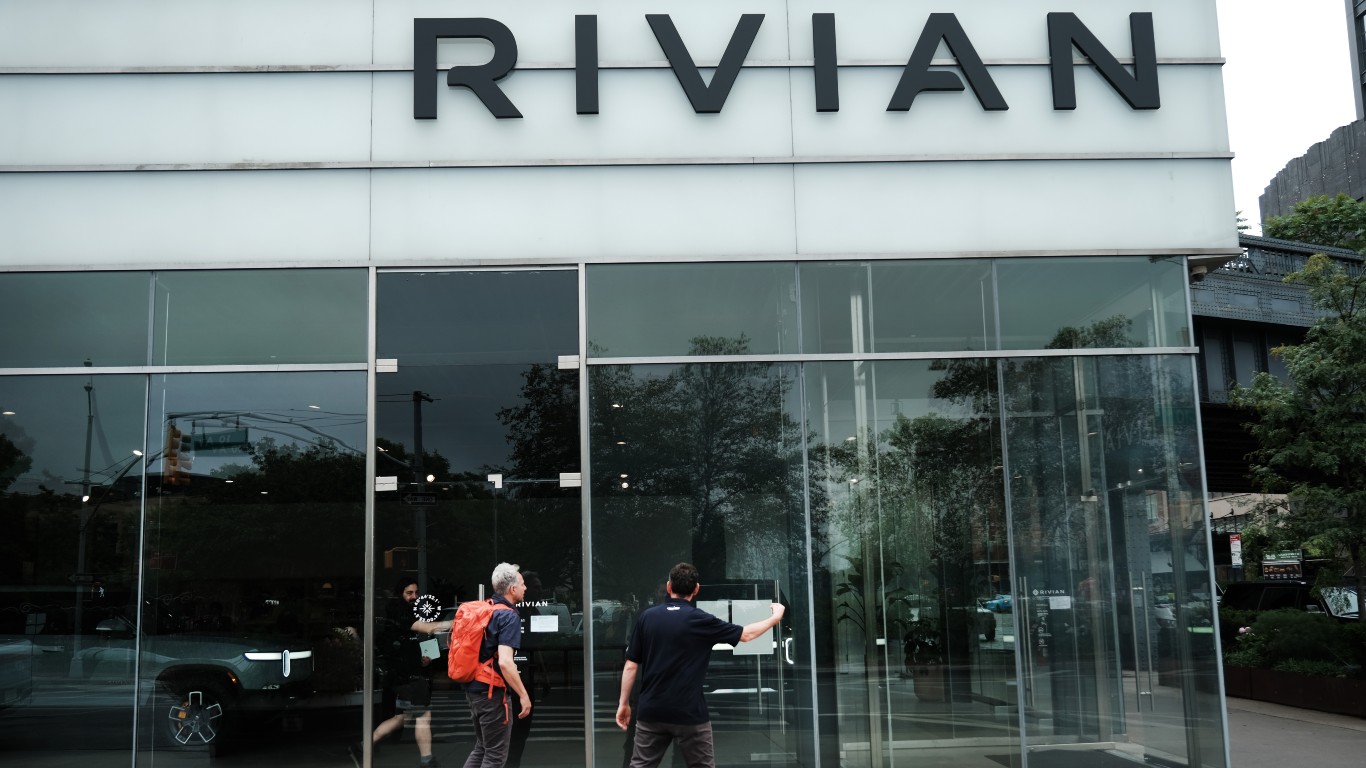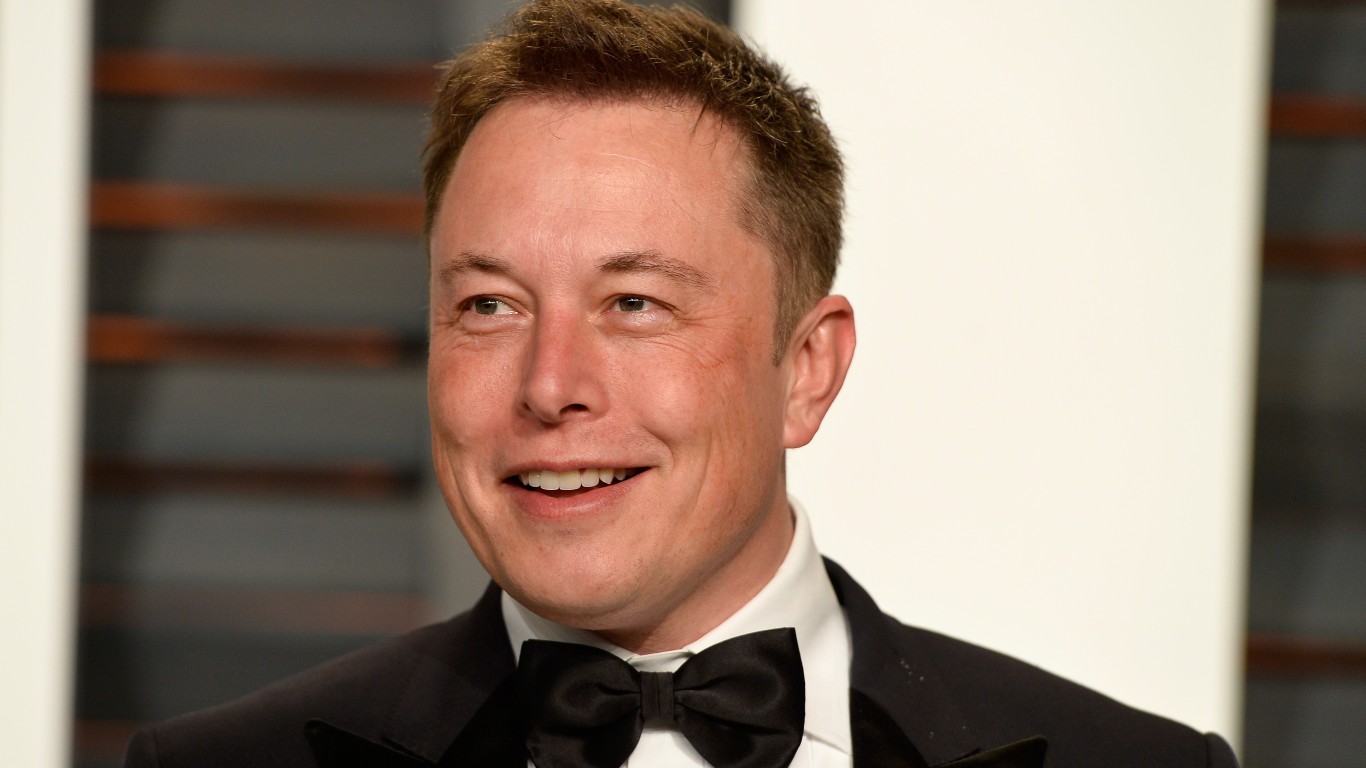Investing
Trump and Elon: Can Gas Powered Cars and EVs Co-Exist In the Trump Administration?

Published:

During his 2024 campaign, President Donald Trump and Elon Musk joined forces, with the world’s richest man appearing at campaign rallies as a featured speaker. One campaign issue Trump criticized was the Biden Green New Deal EV mandate. 24/7 Wall Street Key Ideas
Trump opined that the EV mandate could “kill the auto industry”, but said that he believed that people should “have the choice to buy what they want.” Trump explained that EVs were great for people who wanted their convenience and lack of emissions, but noted that people needing to drive long distances or who lived where extreme temperatures were commonplace faced issues with EVs finding recharging stations and with the engines being able to function in adverse heat or cold.
While it would seem on the surface that Trump and Musk were on opposing sides, their agreement on so many other issues, such as free speech, over bloated federal regulation and bureaucracy, and Musk’s disgust over FEMA and the FCC blocking his Starlink from helping Hurricane Helene victims in North Carolina, forged their alliance.
Cynics and Musk critics, however, accused the Tesla CEO of supporting Trump in order to roll back the Biden $7,500 EV tax credit, which would boost Tesla by reducing its already struggling smaller competitors. As Elon Musk and Vivek Ramaswany have been named to head DOGE (Department of Govern Efficiency), Elon’s ties to Trump will presumably endure far beyond the January 20th inauguration.

Donald Trump’s opinions on electric vehicles clearly reflected the sentiments of many disgruntled EV owners, as well as ICE car diehard loyalists. McKinsey & Co. published a study during the summer that found that 46% of EV owners wanted to return to using traditional cars.
A marked resurgence of sentiment in favor of traditional gasoline fueled vehicles from earlier in 2024 has continued, and is expected to continue. Despite Gov. Gavin Newsom’s proposed California ban of gas fueled vehicles by 2035, the demand in the market is decidedly leaning pro gas cars. SUVs for example, are expected to grow from 41 million units in 2024 to 53 million by 2030.
EVs are unlikely to disappear, and in fact, continue to grow, globally. Tesla (NASDAQ: TSLA) stock has been on a tear, and at the time of this writing, is up 69% since the November Trump election victory.
The recent problems faced by Tela EV rival Rivian Automotive (NASDAQ: RIVN) may lend credence to the Musk cynics. The Biden Administration reportedly gave Rivian a $6 billion DOE loan, yet the struggling auto company was losing $107,042 per car, for a total of $4 billion on 37,396 vehicles sold. Unlike more established auto industry stalwarts like General Motors (NYSE: GM), Ford (NYSE: F), and Stellantis NV (NYSE: STLA), Rivian doesn’t have sales of gas powered cars to help subsidize its faltering EV sales.
In the meantime, Japan’s Nissan Motor Co. (OTC: NSANY) is facing major financial problems that may be compounded by its Mexican factory vehicles, which can be subject to elevated tariffs under the Trump Administration until Mexico renews its border security with the US. Honda is rumored to be a potential acquirer if Nissan’s woes continue, unabated.

GM, Ford and Stellantis appear to be content to let Tesla have the US EV bragging rights. GM recently announced that it had cancelled its Cruise robotaxi program. With Ford and Stellantis also out of that arena, Tesla is the sole US company in the field, competing with China’s Baidu (NASDAQ: BIDU), among other international firms.
Musk’s developments with Starlink satellite communications and Optimus robots will very possibly give future Tesla Cybercabs (slated for 2026) proprietary innovations that will separate Tesla from its robotaxi competitors.
One of the biggest EV mandate debacles that made a strong case for ICE vehicles is Transportation Secretary Pete Buttigieg’s total waste of $7.5 billion taxpayer dollars to only complete building a mere 8 charging stations by 2024. Daimler-Benz (OTC: MBGYY) issued a recent press release about its development of a solar paint for its Mercedes-Benz EVs, which can potentially make the need for charging stations negligible. Although not yet commercially released, Daimler claims its solar paint has over 20% efficiency and can deliver enough energy for 12,500 miles a year in sunny environments like Los Angeles, and 7,500 in cloudier ones, like Stuttgart.
Thank you for reading! Have some feedback for us?
Contact the 24/7 Wall St. editorial team.